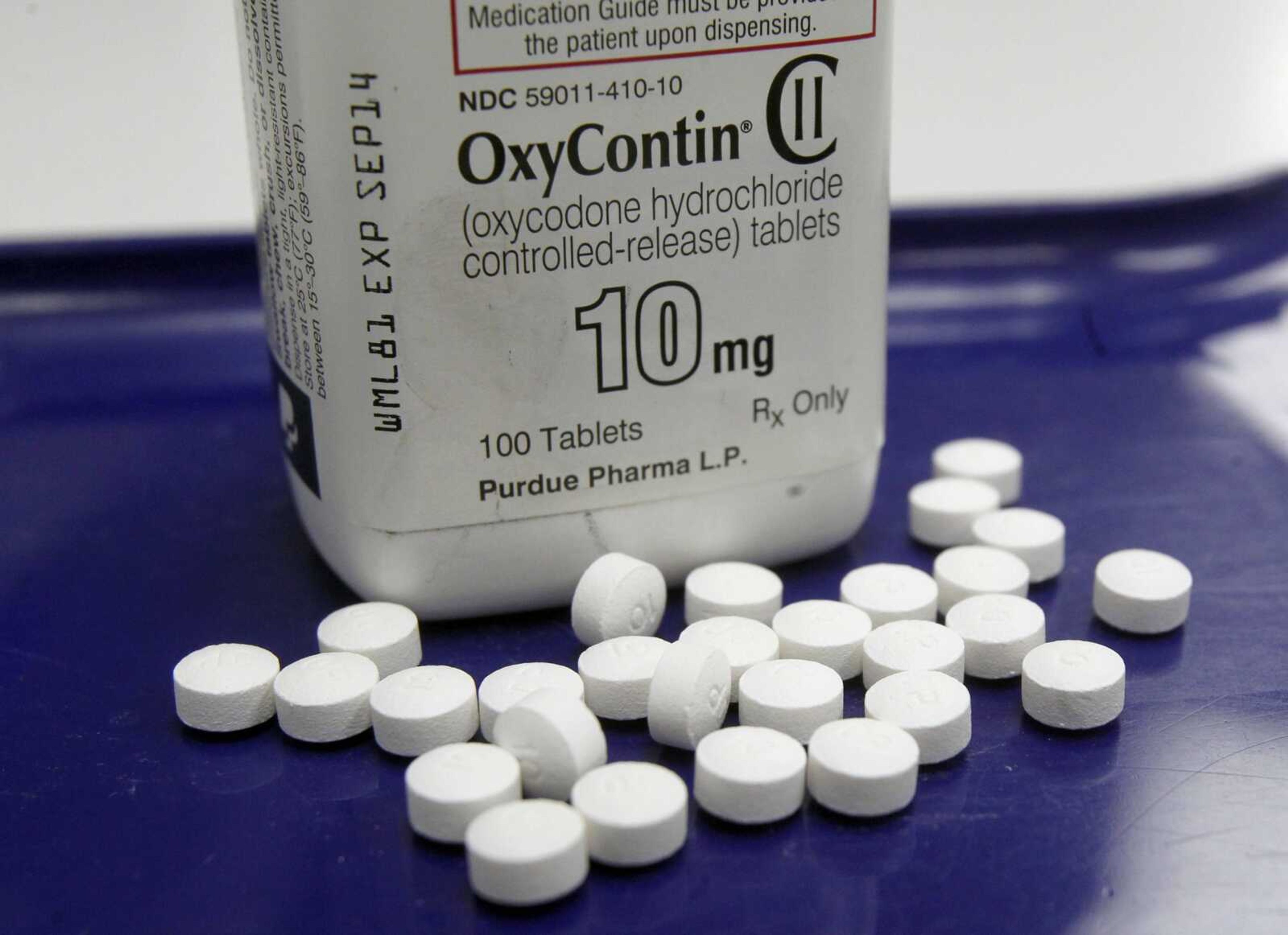Nearly 1 in 3 on Medicare got commonly abused opioids
CHICAGO -- Nearly 12 million Medicare beneficiaries received at least one prescription for an opioid painkiller last year at a cost of $4.1 billion, according to a federal report that shows how common the addictive drugs are in many older Americans' medicine cabinets...
CHICAGO -- Nearly 12 million Medicare beneficiaries received at least one prescription for an opioid painkiller last year at a cost of $4.1 billion, according to a federal report that shows how common the addictive drugs are in many older Americans' medicine cabinets.
With an overdose epidemic worsening, nearly one-third of Medicare beneficiaries received at least one prescription for commonly abused opioids such as OxyContin and fentanyl in 2015. Those who did received an average of five such prescriptions or refills, according to the report from the Office of Inspector General for the U.S. Department of Health and Human Services.
"We are concerned about the high spending and the number of people receiving opioids," said Miriam Anderson, who led the study, which was released Wednesday. "This raises concerns about abuse. This is a serious problem facing our country."
Among all ages, there were nearly 19,000 fatal overdoses on prescription opioids in 2014, which was the most on record and the last year for which that data set was available.
The magnitude of opioid use among seniors is "astounding," said Frederic Blow, who directs addiction research at the University of Michigan's medical school and was not involved in the study.
"It's not just a young person's problem," Blow said. Overdose risk for older Americans is heightened by medication interactions and alcohol. Addiction is also a risk, and doctors should help patients consider alternatives for chronic pain, such as meditation, yoga, walking and weight loss, which allow patients to minimize opioid use.
The leading opioids taken by Medicare patients were OxyContin, Percocet, Vicodin, fentanyl or their generic equivalents, Anderson said. "In fact, there were about 40 million prescriptions for these drugs last year," she said. "That's enough to give one to every Medicare beneficiary in the country."
In February testimony on opioid use among seniors to Congress, Centers for Medicare and Medicaid Services Deputy Administrator Sean Cavanaugh said the agency "is aware of potential fraud at the prescriber and pharmacy levels through 'pill mill' schemes."
Medicare is reviewing the report closely, spokesman Aaron Albright said.
The agency has had a monitoring system since 2013 that provides quarterly reports to Part D plan sponsors on high-risk beneficiaries who may be overusing commonly abused drugs.
The system flagged 15,651 beneficiaries last year as potential problem drug users. In 2017, the federal government will bar payment for prescriptions written by doctors who are not enrolled in Medicare.
Connect with the Southeast Missourian Newsroom:
For corrections to this story or other insights for the editor, click here. To submit a letter to the editor, click here. To learn about the Southeast Missourian’s AI Policy, click here.










